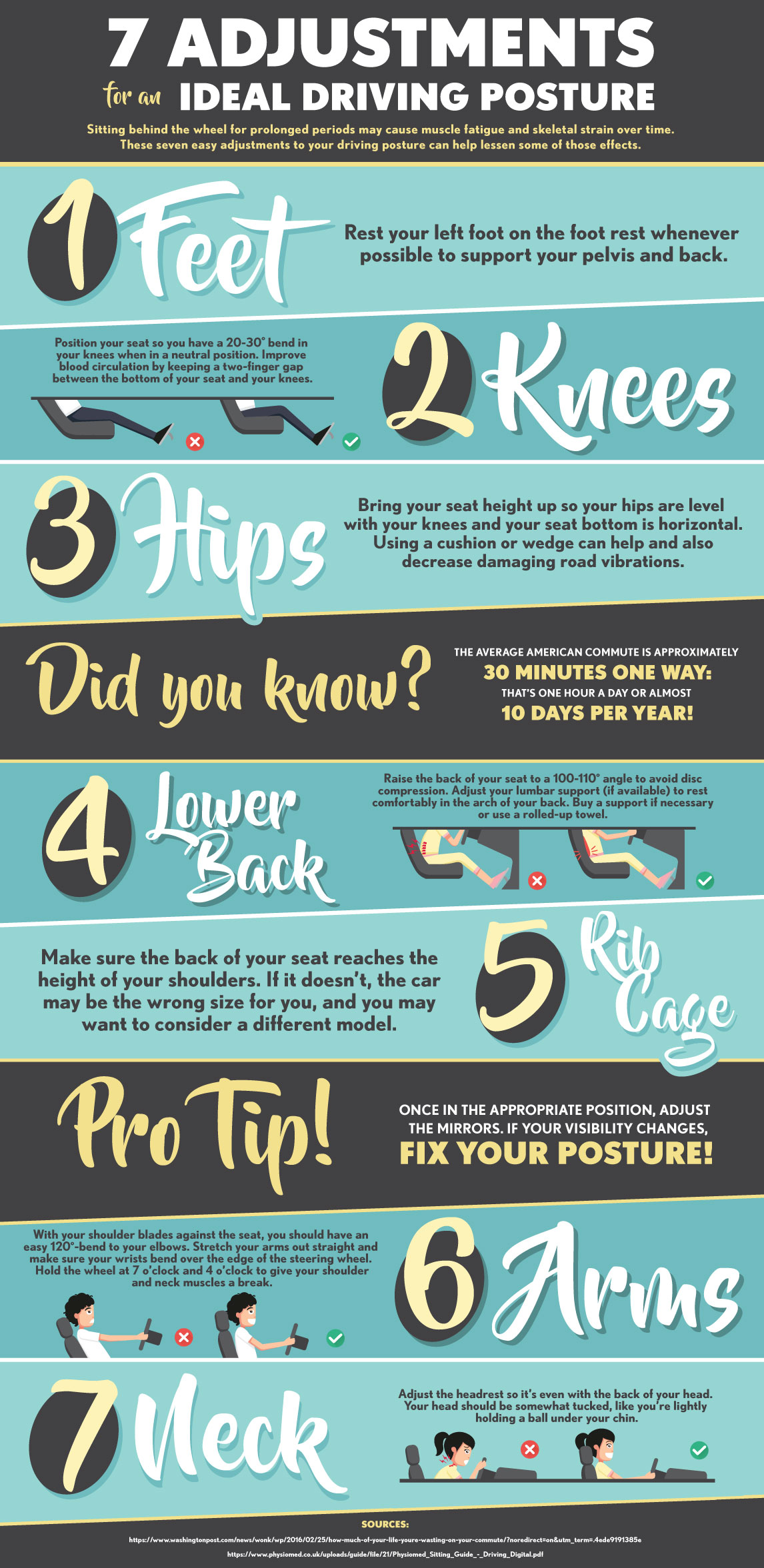The Top Daily Habits That Contribute To Pain In The Back And Just How To Stay Clear Of Them
The Top Daily Habits That Contribute To Pain In The Back And Just How To Stay Clear Of Them
Blog Article
Material By-Mckay Secher
Keeping proper posture and avoiding usual challenges in daily tasks can dramatically influence your back health and wellness. From exactly how you rest at your desk to just how you lift hefty items, small adjustments can make a big difference. Visualize a day without the nagging back pain that hinders your every step; the option might be easier than you believe. By making a few tweaks to your daily habits, you could be on your way to a pain-free existence.
Poor Posture and Sedentary Lifestyle
Poor posture and a sedentary way of living are 2 major contributors to pain in the back. When you slouch or suspicion over while resting or standing, you put unneeded pressure on your back muscular tissues and spine. This can bring about muscle inequalities, tension, and ultimately, chronic back pain. In addition, sitting for extended periods without breaks or exercise can weaken your back muscle mass and lead to rigidity and discomfort.
To deal with bad position, make an aware effort to sit and stand up right with your shoulders back and straightened with your ears. Keep in mind to maintain your feet flat on the ground and stay clear of crossing your legs for prolonged durations.
Integrating routine stretching and reinforcing workouts into your day-to-day regimen can additionally aid improve your pose and relieve neck and back pain related to an inactive way of life.
Incorrect Lifting Techniques
Incorrect training methods can considerably contribute to pain in the back and injuries. When you raise hefty objects, bear in mind to bend your knees and use your legs to raise, as opposed to relying upon your back muscular tissues. Prevent twisting your body while training and keep the item near to your body to minimize pressure on your back. It's crucial to keep a straight back and avoid rounding your shoulders while raising to stop unnecessary stress on your spinal column.
Always analyze the weight of the things before raising it. If it's as well hefty, request for assistance or use devices like a dolly or cart to carry it securely.
Remember to take breaks throughout raising jobs to give your back muscular tissues an opportunity to relax and stop overexertion. By implementing appropriate lifting strategies, you can avoid back pain and decrease the risk of injuries, ensuring your back remains healthy and balanced and solid for the long-term.
Lack of Regular Workout and Extending
A less active lifestyle devoid of regular exercise and stretching can substantially contribute to neck and back pain and discomfort. When you do not participate in exercise, your muscles come to be weak and inflexible, leading to bad position and boosted strain on your back. Routine exercise helps reinforce the muscles that sustain your back, improving security and decreasing the risk of back pain. Including extending into your regimen can additionally enhance versatility, avoiding rigidity and discomfort in your back muscular tissues.
To stay clear of neck and back pain brought on by an absence of exercise and extending, go for a minimum of half an hour of moderate exercise most days of the week. Consist of workouts that target your core muscles, as a solid core can assist ease stress on your back.
Furthermore, take breaks to stretch and relocate throughout the day, particularly if you have a workdesk job. Basic stretches like touching your toes or doing shoulder rolls can aid relieve tension and avoid back pain. Focusing on routine exercise and stretching can go a long way in preserving a healthy and balanced back and decreasing discomfort.
Final thought
So, bear in mind to sit up straight, lift with your legs, and stay energetic to stop pain in the back. By making Keep Reading to your daily habits, you can stay clear of the pain and constraints that come with neck and back pain. Take simply click the next website of your spinal column and muscle mass by exercising great position, correct training strategies, and routine exercise. Your back will thank you for it!
